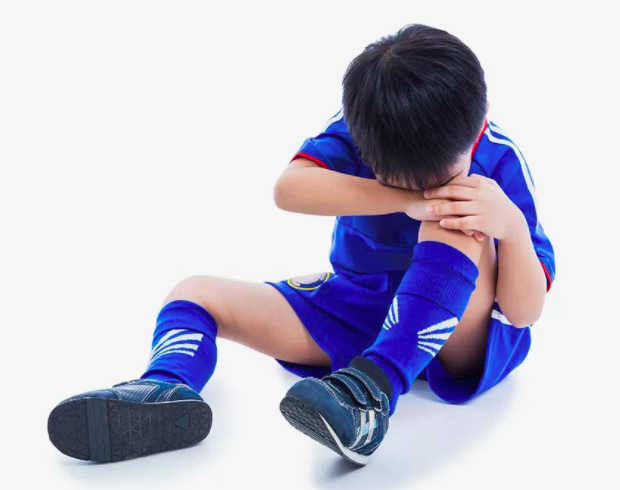
Happy, healthy families is what we’re all about. This means we make looking after KIDS FEET a special priority! Kids are constantly learning, growing and exploring – it’s all part of the development process.
At times, pain can develop and it is our body’s way of saying that something isn’t quite right. By addressing this, you can alleviate growing pains and get your kids back to their happy, healthy selves! So we thought we’d shed some light on the grey area of growing pains and explain how and why growing pains occur, with reference to two common types of growing pains in the feet and legs of kids:
- Sever’s Disease – heel pain
- Osgood Schlatter Disease – pain just below the knee
Note: Growing pains can also be mistaken for active kids overusing muscles of the feet and legs to a point where they are very tired, achy and sore. The cause is very different and the treatment is too. If you’re unsure what your child is experiencing, bring them in for a check with your Podiatrist.
Growing pains – explained!
Growing pains are caused by irritation of the growth plate – the vulnerable part of your bone that is responsible for bone growth. It is also the weakest part of the bone and is weaker than the surrounding muscles, tendons and ligaments. Pain occurs when muscles pull on the area around the growth plate. Often these muscles are tight and when combined with physical activities, particularly those involving running, can really irritate the area. Because our bones and muscles may lengthen at slightly different rates during growth, we may end up with temporarily tight muscles that will trigger the pain with every step taken, and particularly with running and physical activity.
Growth plates?
It is through growth plates (medically known as epiphyseal plates) that our bones grow and lengthen. They’re located at the end of bones, including the calcaneus (heel bone) where Sever’s pain is experienced and the tibia (shin bone) where Osgood Schlatter pain is felt. These growth plates will turn into solid bone when we reach maturity and stop growing.
What are the signs and symptoms of growing pains?
Generally, growing pains can be felt as sharp pains, dull aches and/or cramps. The pain tends to worsen with exercise and any activity that’ll further irritate the growth plates. If we look at the two growing pains specifically:
- Sever’s Disease – pain is felt at the back of the heel and may radiate or shoot up the leg as it is the achilles tendon that inserts into the back of the heel where the calcaneal growth plate is located
- Osgood Schlatter Disease – pain is felt just below the kneecap in an area called the tibial tuberosity. It is the patellar tendon that inserts into this area, which spans from the quadriceps muscles at the top of the thigh, across the knee joint and into the top of the tibia (shin bone)
What should you do?
If you’ve ever heard that there’s nothing that can be done, we urge that you forget this! As with everything in the medical profession, it is cause-and-effect. This means that there is always a cause of the pain (effect). If you address and treat or prevent the cause, then there’s no reason to experience the painful effect. This is the approach that we take to growing pains, and we’ve had the privilege of helping thousands of families in Auckland settle their kids growing pain and put a smile back on their faces.
There are numerous things we can do to help settle the pain, as well as reduce the time it takes for the pains to disappear completely and for growing pains to be a thing of the past! The best options will depend on your child’s symptoms and areas of pain.
While we have briefly touched on two common areas of growing pains, these pains may occur in numerous areas in the feet and legs and the specific cause of pain in the same area can also vary from child to child. This is why it’s important to have your kids assessed by a podiatrist to understand exactly what’s going on with their lower limbs and the most effective ways that we can help.
